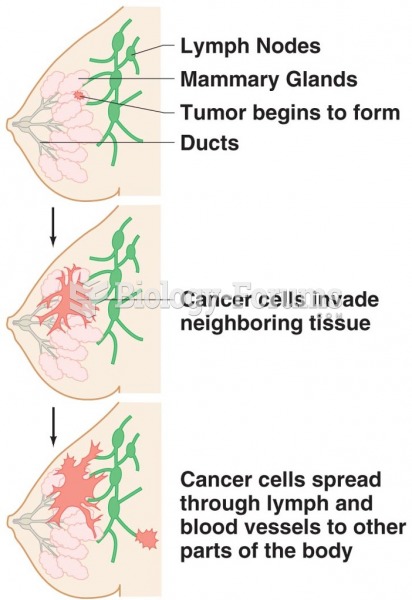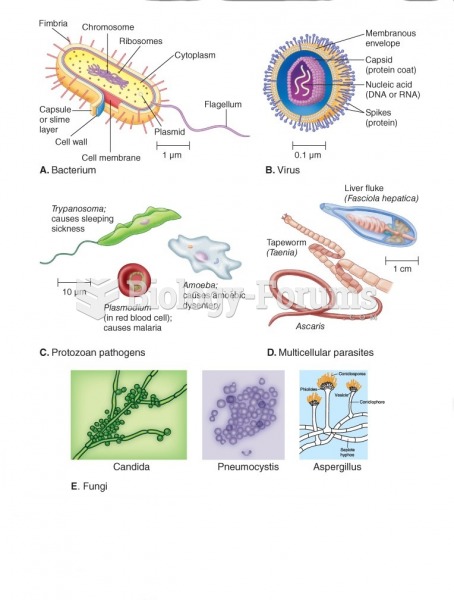Answer to Question 1
ANS: A
A complex hypothesis predicts the relationship among three or more variables. In this example, the variables are music therapy (independent), pain (dependent), and medication (dependent). A directional hypothesis states the nature of the interaction between two or more variables. In this example, the direction is indicated by the prediction complain less frequently.
A complex hypothesis is correct, but the null hypothesis predicts no difference. A complex hypothesis predicts the relationship among three or more variables. In this example, the variables are music therapy (independent), pain (dependent), and medication (dependent). A directional hypothesis states the nature of the interaction between two or more variables. In this example, the direction is indicated by the prediction complain less frequently.
This study has more than two variables (not simple) and is simply indicating an association. A complex hypothesis predicts the relationship among three or more variables. In this example, the variables are music therapy (independent), pain (dependent), and medication (dependent). A directional hypothesis states the nature of the interaction between two or more variables. In this example, the direction is indicated by the prediction complain less frequently.
A simple hypothesis has only two variables (this study has more than two), and there is a direction predicted (fewer complaints of pain and need for less pain medication). A complex hypothesis predicts the relationship among three or more variables. In this example, the variables are music therapy (independent), pain (dependent), and medication (dependent). A directional hypothesis states the nature of the interaction between two or more variables. In this example, the direction is indicated by the prediction complain less frequently.
Answer to Question 2
ANS: C
A simple hypothesis states the relationship (associative or causal) between two variables. In this example, the variables are normal saline flush (one independent variable) and patency of an intermittent intravenous site (one dependent variable). A directional hypothesis states the nature of the interaction between two or more variables. In this example, the direction is indicated by the prediction more effective.
There are just two variables involved; complex means more than that, and there is no causal relationship indicated. The feasibility of a research problem and purpose is determined by examining the researcher's expertise; money commitment; availability of subjects, facilities, and equipment; and the study's ethical considerations.
There are just two variables involved; complex means more than that, and there is a direction (more effective) indicated. The feasibility of a research problem and purpose is determined by examining the researcher's expertise; money commitment; availability of subjects, facilities, and equipment; and the study's ethical considerations.
The null hypothesis is the statistical hypothesis that there will be no difference. The feasibility of a research problem and purpose is determined by examining the researcher's expertise; money commitment; availability of subjects, facilities, and equipment; and the study's ethical considerations.







